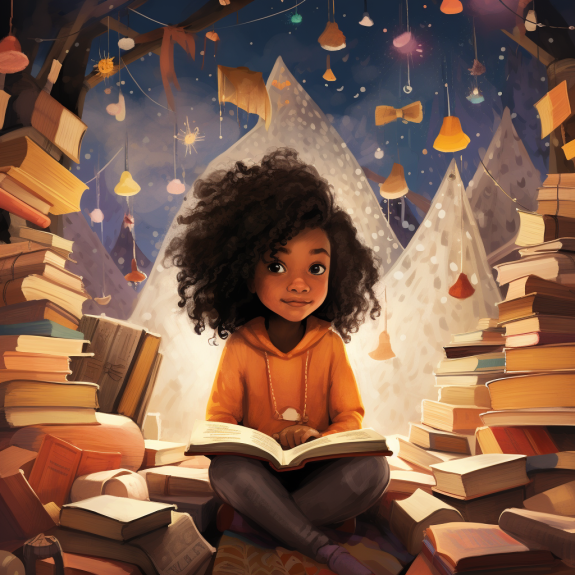Introduction: In “Literature Without Limits,” we celebrate children’s literature that defies stereotypes and embraces diversity. This engaging list features books that break gender norms, promoting an inclusive view of the world and inspiring children to explore their identities without limitations.
Section 1: The Power of Representation in Children’s Literature
- Recognizing the influence of children’s books in shaping perceptions and attitudes
- The importance of diverse representation in challenging gender stereotypes
- How inclusive literature can empower children to embrace their uniqueness
Section 2: Breaking Gender Stereotypes in Children’s Books
- An eclectic selection of children’s books that feature diverse characters and narratives
- Stories that challenge traditional gender roles and celebrate individuality
- The impact of these books in promoting empathy, understanding, and acceptance
Section 3: Embracing Diversity in Storytelling
- Exploring books that showcase diverse families, cultures, and experiences
- Celebrating stories that highlight LGBTQ+ identities and relationships in age-appropriate ways
- How inclusive storytelling fosters a sense of belonging and encourages empathy
Section 4: Navigating Complex Themes with Sensitivity
- Strategies for selecting books that address complex topics such as gender identity and diversity
- The role of parents and educators in facilitating discussions around challenging themes
- Promoting critical thinking and empathy through literature
Section 5: Engaging Children in Conversations about Gender
- Tips for using children’s books as a springboard for discussions about gender stereotypes
- Encouraging curiosity and open-mindedness in exploring diverse perspectives
- Creating a supportive environment where children feel empowered to question and learn
Section 6: Building a Diverse Library
- Practical advice for curating a diverse collection of children’s books
- Resources for finding inclusive literature that reflects diverse identities and experiences
- The transformative impact of a diverse library on children’s development and worldview
Section 7: Promoting Inclusive Reading Communities
- Strategies for educators, librarians, and caregivers to promote diversity and inclusion in reading programs
- Creating inclusive spaces where children from all backgrounds feel welcome and represented
- Collaborative efforts to advocate for greater diversity in children’s literature
Conclusion: “Literature Without Limits” celebrates the transformative power of children’s books in challenging stereotypes and promoting inclusivity. By embracing diverse stories and perspectives, we empower children to envision a world where everyone’s story is valued and celebrated. Let’s build a future where literature knows no bounds, and every child sees themselves reflected in the pages of a book.



